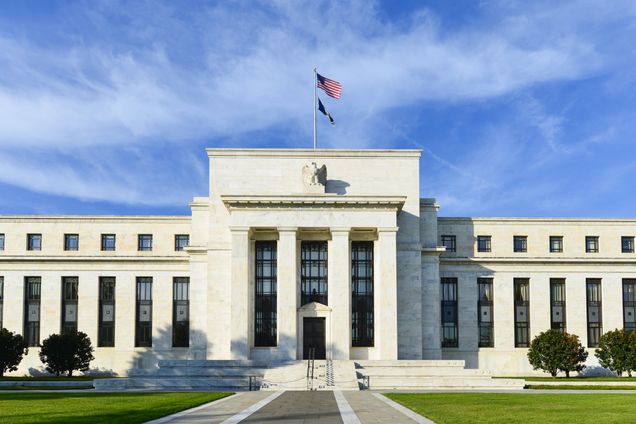The Offshore Dollar and US Policy

Dollar borrowing outside the United States has over generations grown to be very large, with US policy providing some inducement and, in critical episodes, support.
In a new paper published by the Federal Reserve Bank of Atlanta’s Policy Hub, Robert N. McCauley highlights three instances where the US Federal Reserve (Fed) has backstopped markets as a powerful international lender of last resort.
- First, the Fed’s central bank swaps in 2008 and 2020 sought to restore not only global financial stability but also its own monetary transmission. Thus, the Fed swaps served not only a global public good but also the Fed’s domestic monetary mandate by bringing down the benchmark dollar London Interbank Offered Rate (LIBOR) paid by US businesses and households.
- Second, while its domestic corporate bond-buying of last resort in 2020 sought to promote liquidity in the US corporate bond market, it also exerted an unrecognized global stabilizing effect. The Fed stopped an incipient run on the global dollar bond market through its intervention in the US corporate bond market.
- Third, although the Fed’s choice of swap partners has been questioned and dissected, it emerges as remarkably inclusive when the hierarchy of currencies is accounted for. The Fed’s swap partners oversee the currencies that account for five-sixths of the huge foreign exchange (FX) swap market.
Looking forward, central bank cooperation along familiar lines would enable the Fed to backstop offshore dollar funding. In particular, dollars extended to the Fed’s swap partners of 2008 could continue to reach a high share of offshore dollar borrowing.
McCauley also notes that questions remain about the impact of impending US money market fund reform and the impact of offshore dollar funding strains on US monetary transmission with the new benchmark, SOFR. He writes that working through the contingency of last-resort buying of dollar bonds issued by non-US firms by the home central bank may be useful.